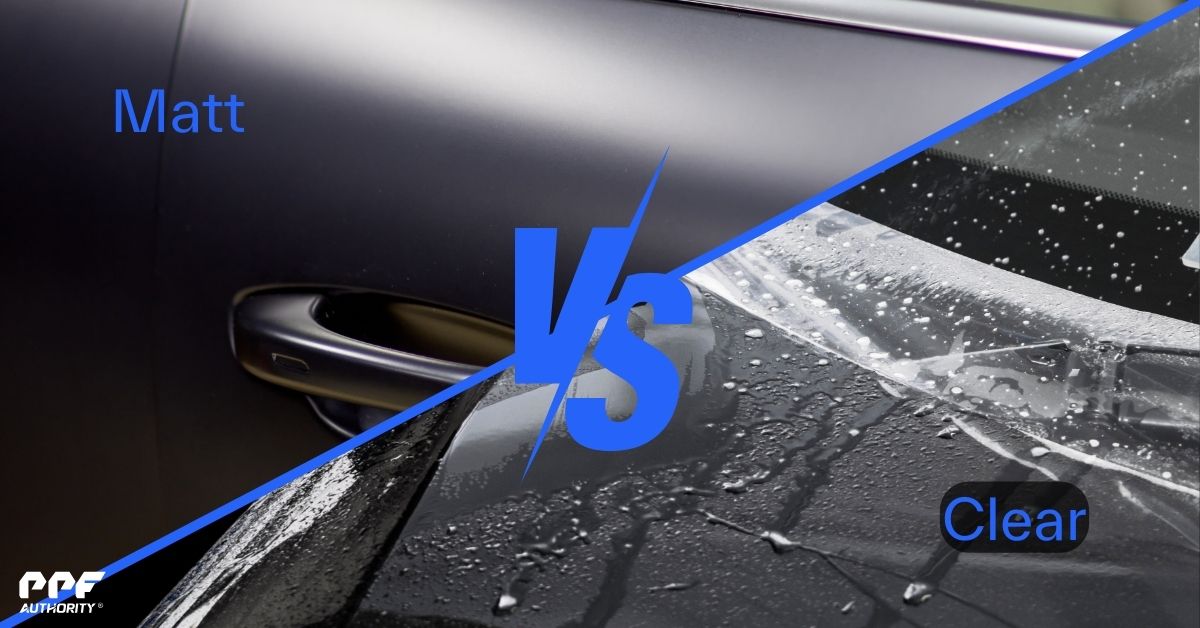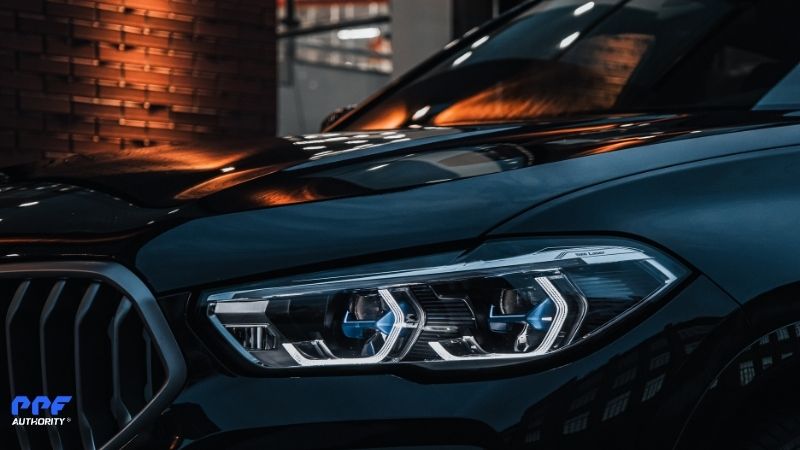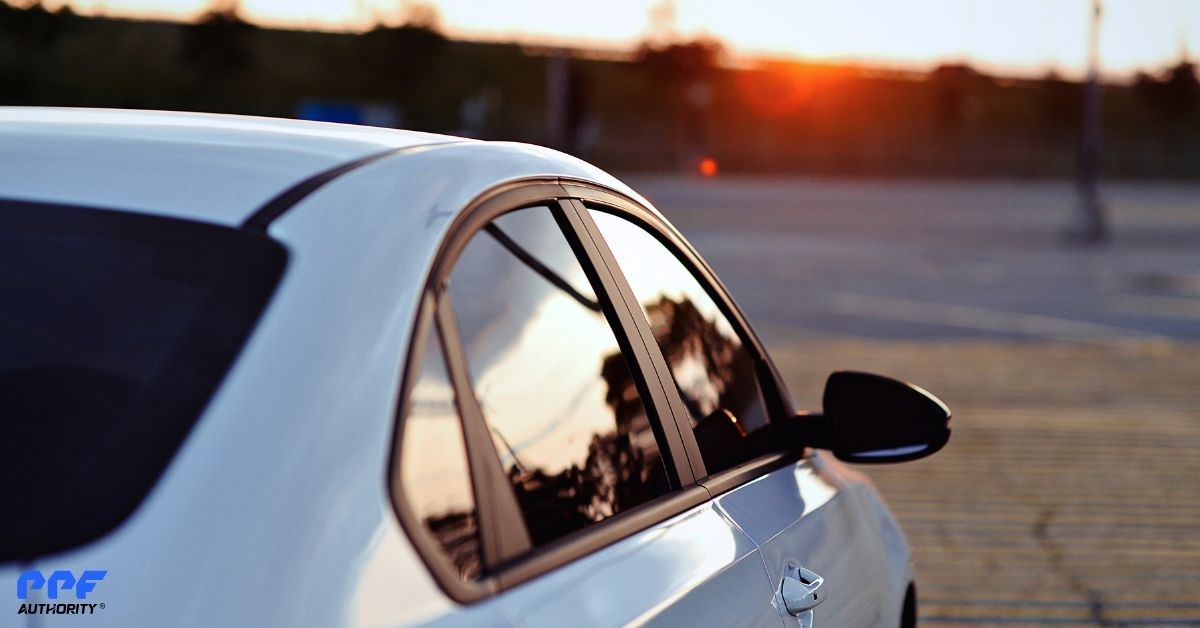Commercial window tinting offers significant benefits for businesses, including energy efficiency, security, glare reduction, and enhanced privacy. However, large-scale window tinting projects require careful planning, expert installation, and compliance with local building codes to ensure safety, durability, and legal approval.
In this article, we’ll explore key insights into commercial window tint installation, discuss common compliance requirements, and highlight why professional installation is crucial for meeting regulatory standards.
Key Considerations for Large-Scale Commercial Window Tinting
Before starting a commercial window tinting project, businesses should consider several factors to ensure proper installation and long-term success.
🏢 Glass Type & Film Compatibility
- Different window films work best on specific glass types (single-pane, double-pane, laminated, or tempered).
- Incorrect film selection can cause thermal stress cracks, leading to expensive repairs.
- Professional installers assess glazing type, window size, and sun exposure to determine the best film.
🌡 Climate & Energy Efficiency Goals
- Heat rejection films help reduce cooling costs in hot climates.
- Low-E (Low Emissivity) films improve insulation in cold-weather regions.
- Compliance with energy codes like ASHRAE 90.1 may be required for green building certifications.
⏳ Scheduling & Business Operations
- Large-scale installations should be planned during non-peak hours or weekends to minimize disruptions.
- High-rise buildings may require scaffolding, boom lifts, or suspended platforms for exterior film applications.
- Weather conditions matter—extreme heat or cold can affect adhesive curing and film performance.
💡 Pro Insight: A professional tinting company will conduct a site evaluation to address building-specific challenges and compliance requirements before installation begins.
Compliance with Commercial Building Codes & Regulations
🔍 Understanding Window Tinting Regulations
Building codes ensure that window film installations meet safety, performance, and legal standards. Compliance varies by:
- State & local government codes
- Energy efficiency regulations
- Glass safety & fire codes
- Tenant and lease agreements
🏛 Common Compliance Areas for Commercial Window Tinting
| Regulation Area | Requirement | Why It Matters |
|---|---|---|
| Glare & Reflectivity Limits | Some cities restrict excessively reflective films to prevent glare. | Prevents disruptions to pedestrians & neighboring properties. |
| Energy Efficiency Standards | ASHRAE 90.1 & LEED may require specific solar heat gain coefficients (SHGCs). | Helps qualify for energy-saving incentives. |
| Glass Safety & Shatter Resistance | Some commercial buildings must use security-rated films on large glass panels. | Reduces injury risks during impact or natural disasters. |
| Emergency Egress Compliance | Tinted windows must not obstruct emergency exits or rescue operations. | Ensures compliance with fire safety codes. |
💡 Pro Insight: Before installation, always verify local regulations and ensure window tinting meets legal and safety standards.
Why Professional Installation is Crucial for Compliance
✔ Certified Installers Ensure Proper Film Selection
- Selecting the wrong tint can lead to legal violations, inefficient energy performance, or warranty voids.
- Certified professionals ensure the right tint type for your building, climate, and local regulations.
✔ High-Quality, Code-Compliant Application
- Proper installation ensures no peeling, bubbling, or misalignment, which could violate building codes.
- Experts use cutting-edge techniques to ensure seamless application without obstructing visibility or signage.
✔ Warranty & Legal Protection
- Many commercial window films come with manufacturer warranties that only apply with professional installation.
- Ensuring compliance avoids legal fines and costly removals due to non-approved tinting.
💡 Pro Insight: A professional installer will help you navigate regulations, preserve warranties, and ensure smooth, code-compliant execution.


